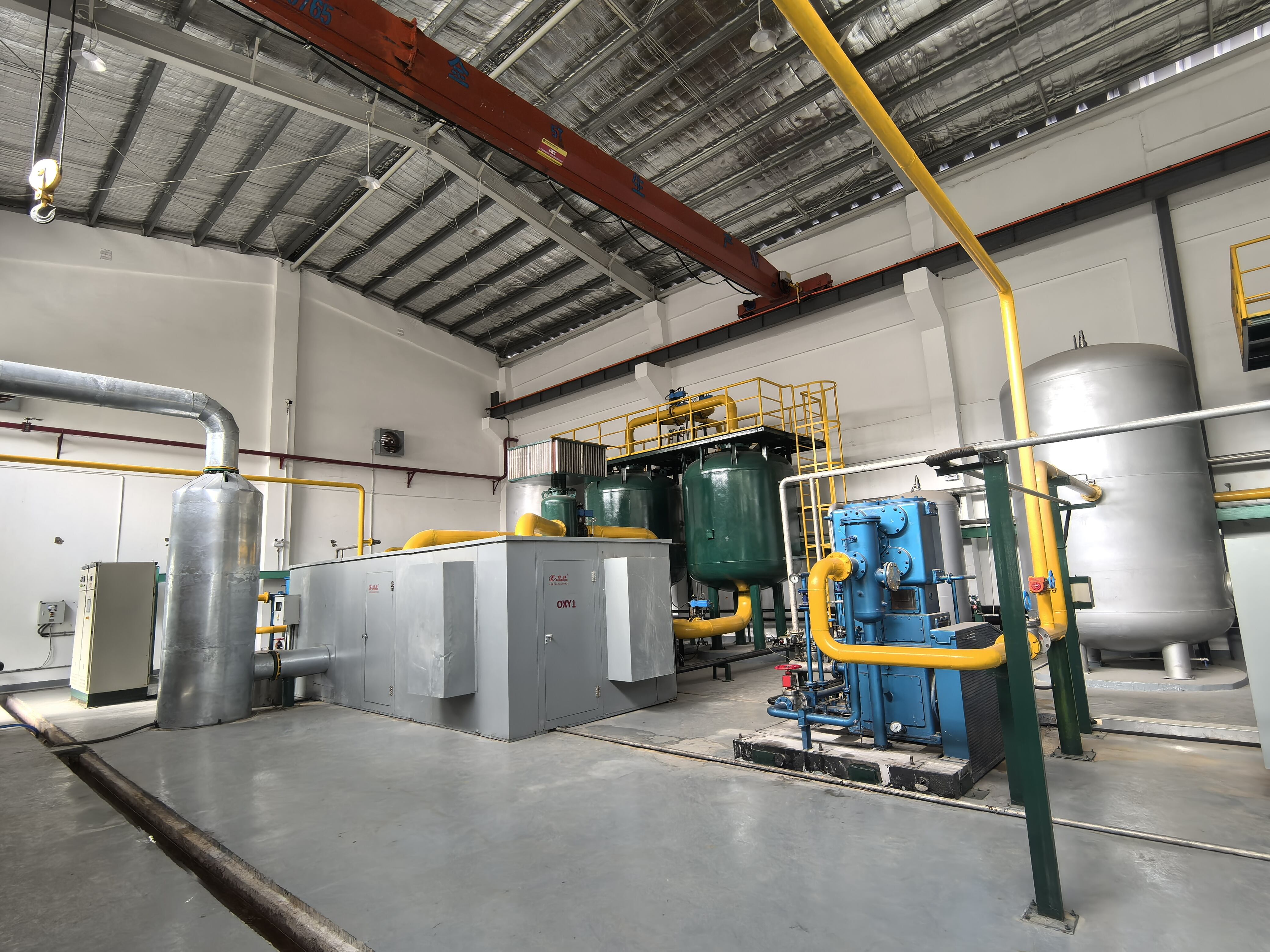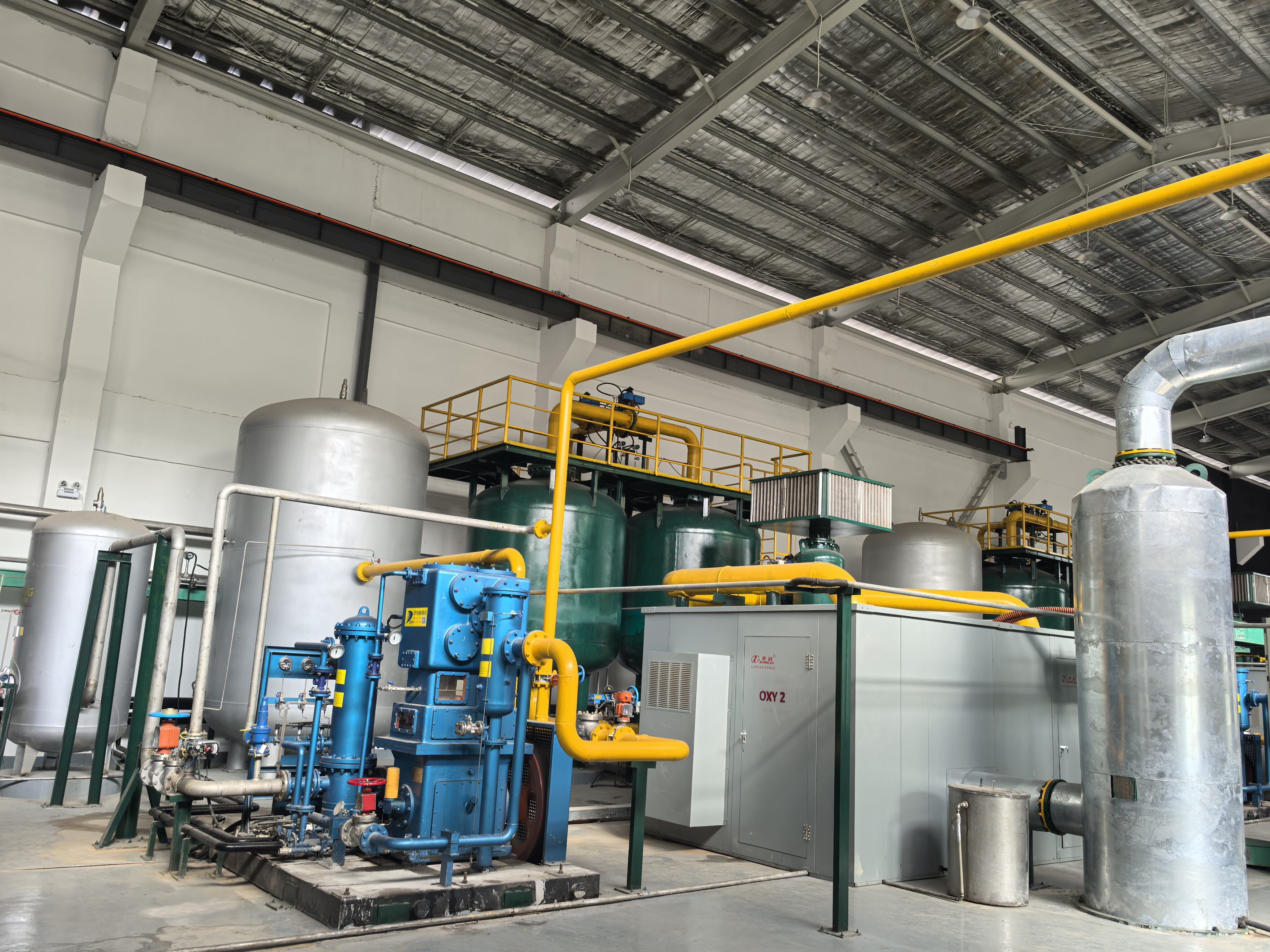වාකුම් ස්වංග ආද්යාතනය ක්රියාකාරකම
Vacuum Swing Adsorption (VSA) යනු අභිවර්තනීය ගැස් වෙනස්කරණ තාක්ෂණයක් වන අතර, පීඩනයේ වෙනසක් මගින් නියැදිව නියැදි ගැස් මෝලෙකුල මාරු කිරීමට සහ එය පැවැත්වීමට ක්රියා කරයි. මෙම ක්රියාව ලැබීමට නියැදිව නියැදි ගැස් විශේෂාංග මාරු කිරීමට අත්යාවශ්ය අවස්ථාවක් ලෙස බාධාප්රද මාද්ය භාවිතා කරයි. පද්ධතිය ගැස් මිශ්රණයක් පීඩනය අඩු අවස්ථාවක් පහළින් බාධාප්රද මාද්ය ප්රමාණයකට මිශ්රණය කිරීමෙන් ආරම්භ වේ, දැන් අරමුණුවන්නේ මෝලෙකුල මාරු කිරීම සහ අනෙක් හැඳින්වූ සංඛ්යාවන්ට පැසින් ගැනීමයි. බාධාප්රද මාද්ය ප්රමාණය මාරු කිරීමට අවස්ථාවේ පීඩනය වෙනස් කිරීමෙන් පසුව මාරු කළ ගැස් පැවැත්වීමට ඉඩ ඇත. VSA තාක්ෂණය ඉංජිනේරීන්ගේ ප්රයෝජනයන්හි මුලින්ම මූලික වෙන් වෙන් වැදෙන අතර, ඕක්සිජන් නිර්මාණය, නයිට්රෝජන් නිර්මාණය සහ කාබන් දියෝක්සයිඩ් මාරු කිරීමේදී මූලික වෙයි. මෙම ක්රියාව එය අත්මා පීඩනයට අඩු අවස්ථාවක් පහළින් ක්රියා කරන අතර, ඉතිරි පීඩනය මාරු කිරීමට අවශ්යතාවක් නැති අතර එය ප්රතිපාදක පීඩනය වෙනස් පද්ධතියට අනුගමනය කරන අතර එන්නේ ඉතිරි විද්යුත් ශක්තිය මාරු කිරීමයි. දීර්ඝ වාර්තා පද්ධතියන් තෝරාගත් අවිමින් අවිමින් රැකියා පැවැත්වීමෙන් සහ පීඩනය අඩු අවස්ථාවක් පහළින් රැකියා පැවැත්වීමෙන් මුල් වෙනස් ක්රියා අවස්ථාව මූලික වෙන් වෙන් අවිමින් අවිමින් රැකියා පැවැත්වීමට ඉඩ ඇත. මෙම තාක්ෂණය මීදිය ඕක්සිජන් ප්රදාන පද්ධතියන්, ආහාර සුරක්ෂණය, රසායනික නිර්මාණය සහ පරිසර සුරක්ෂණයේදී ප්රායෝගික භාවිතා වෙයි. එය ඉතිරි අනුපාතයේදී අභිවර්තනීය ගැස් වෙනස්කරණය පැවැත්වීමට සහ අරමුණුවන්නේ අත්මා පීඩනයට අඩු අවස්ථාවක් පහළින් ක්රියා කරන අතර එය විවිධ ඉංජිනේරීන්ගේ ප්රයෝජනයන්හි මූලික තෝරාගත් වෙයි. VSA පද්ධතියේ විශාලත්වය මූලික අතර, මීදිය භාවිතා වන අංශුවක් සිට විශාල ඉංජිනේරීන් පද්ධතියක් දක්වා එය අත්මා බලය සහ ප්රායෝගික භාවිතා අවස්ථාවක් දක්වා මූලික වෙයි.


